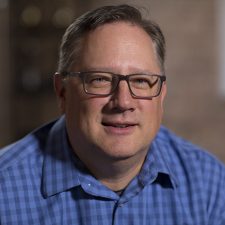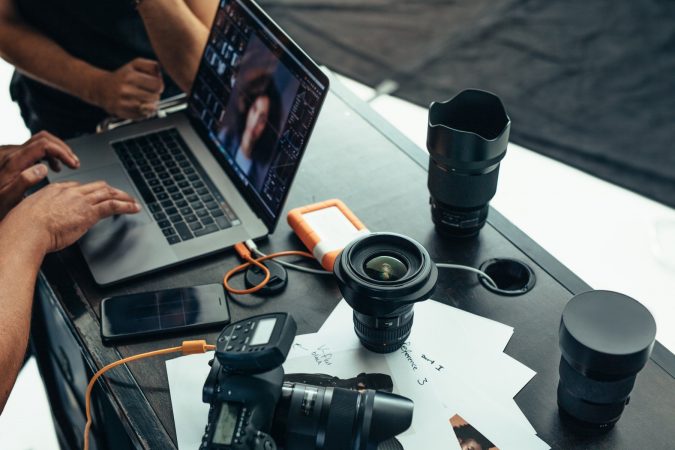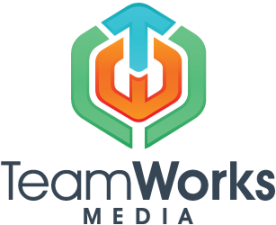
by Mike Buhrow,
Senior Editor, TeamWorks Media
Another month has passed in this unbelievably isolated time of the pandemic. It isn’t like we have not had connections with our co-workers in any manner, in fact many may believe we have focused much more time than normal getting organized and ready for our return. A hyper focus to be exact, on getting things organized and in a place where we will benefit in the future with extreme efficiency. This led to a great development with AsaPro named Fotosync that I will now describe.
One major focus that we have had at TeamWorks this past year, is to transfer all of the metadata within our enormous photo library to our EditShare system. When I say enormous, there are probably different definitions that each company has for such an amount. Ours was in the range of 20,000 photos…and counting. The photographer we use has created a library with incredibly detailed logging notes for every photo. We can always find what we need in Adobe Bridge, but then we have to copy and upload the photo into another folder and location to share with our production team.
We all know what this can lead to as this goes on every day. A system of hide-and-seek for which photos are being used, has been used and should be used. The issue we have had is that using Adobe Bridge to search for the keywords and photos, all the photos would have to be on one local media space and only one computer could do the search and finding of the photos we were looking to use for the current project. What we really wanted to be able to do is search the photos within our EditShare system and keep them in a nice and tidy folder structure. We would then allow all of our production people to log into our EditShare AirFLOW server in order to do a search for which photos they want to use for a specific project. Then they would be able to download what they needed from the AirFLOW server to their local drives for quicker working conditions. Our goal was to keep our original raw elements in the folder structure we developed from the start. And most importantly, our employees could search all of our photos from anywhere in the world with WIFI and a browser and keep our level of productivity at a high level.

This is where having a great relationship with a company like Asapro comes in handy. In just a few short conversations, they had brainstormed this new approach to taking the detailed metadata that our photographer added to each photo and transferring it into an easily searchable database on our EditShare system. When we first discussed this idea, I thought it would still take months to do the actual conversion. Let’s just say, my estimation was further off than can even be imagined.
Within months of the first conversation we had with AsaPro, we had a new server added to our EditShare FLOW server. A few extra tests and we were off and running. We gathered as a team and talked about how we could take a few hours a day to get this done within a month or so and then we began the actual work. Within one day of clicking the additional Fotosync button on our newly designed template and server, we had all 20,000 photos completed and searchable on our EditShare AirFLOW server. That is correct, I just wrote one day. In the past world of copy and pasting of metadata onto our server, I can only estimate that we were in the realm of possibility of having someone work on this over the course of a year and still not getting through all the photos.
I am not sure of the return on investment we have just encountered, but what I do know is that within one day we have successfully given access to all of our employees an incredible photo library. This will not only make searching easier and more refined, but it has most definitely added potential to our creative capabilities that we never could have imagined one year ago. I sincerely hope that other companies with similar needs get a chance to work with AsaPro’s Fotosync. This development has given us freedom from the mundane and allowed us to use our energy to create.

Mike Buhrow is the Senior Editor at TeamWorks Media and is an AsaPro Contributor. Click here to see all of Mike’s articles.




